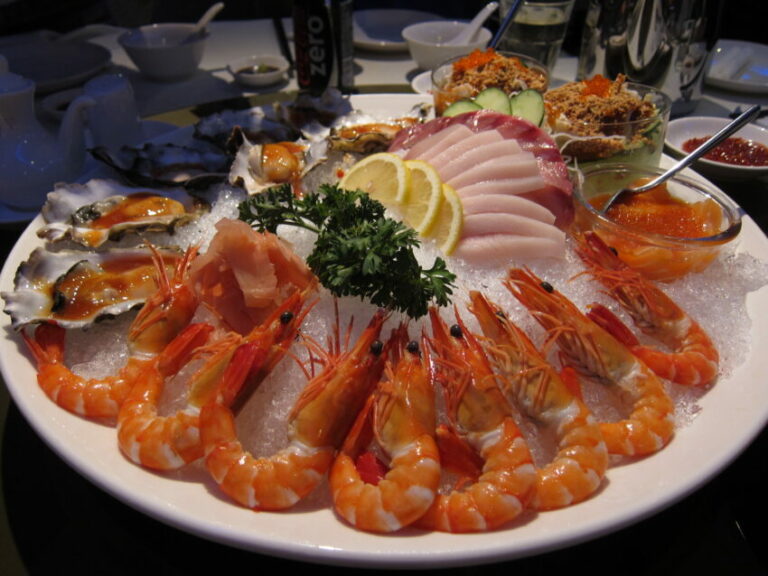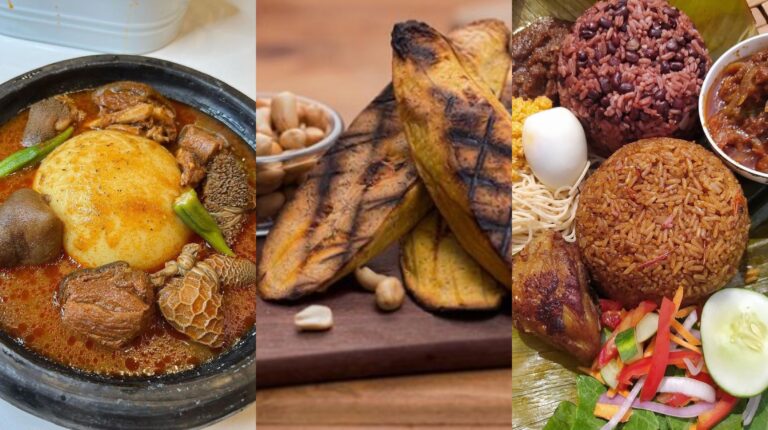Introduction to Palm Wine in Gabon
Palm wine, locally known as “Mimbo,” is a traditional alcoholic beverage widely consumed in Gabon. It is made from the sap of various palm trees species, including raffia, oil, and wine palms. The beverage is popular across Gabon and enjoyed by both men and women. Palm wine is seen as a symbol of Gabonese culture and identity, and its production and consumption are deeply ingrained in the country’s social fabric.
Harvesting and Collection of the Palm Wine
To produce palm wine, a hole is drilled into the trunk of the palm tree and the sap is collected in a container. This process is typically done in the late afternoon or evening when the sap starts to flow. The sap is collected every day for about a week before it is left to ferment. Harvesting of the palm wine is a delicate process, as the tree can be damaged if not done appropriately.
Fermentation Process of the Palm Wine
After the sap is collected, it is left to ferment for 24 to 48 hours. During the fermentation process, the sap naturally transforms into alcohol, giving it a unique taste and scent. The longer the fermentation process, the higher the alcohol content of the palm wine. The fermentation process is carefully monitored to ensure that the palm wine does not spoil.
Packaging and Preservation of the Palm Wine
After the fermentation process, the palm wine is packaged in various containers such as bottles, jugs, and plastic bags. The containers are then sealed to prevent air from getting in, which can cause spoilage. Palm wine can be preserved for several days if properly sealed.
Consumption of Palm Wine in Gabon
Palm wine is traditionally consumed in social gatherings and special occasions such as weddings, funerals, and cultural festivals. It is usually served in a calabash or a gourd and passed around among the guests. In Gabon, it is not uncommon to see people drinking palm wine during the day or at night. The beverage is also believed to have medicinal properties and is used to treat various ailments.
Cultural Significance of Palm Wine in Gabon
Palm wine plays a significant role in Gabonese culture and is considered a symbol of hospitality and social bonding. It is a traditional beverage that has been consumed by Gabonese people for generations and is an essential part of the country’s cultural heritage. The production and consumption of palm wine continue to be passed down from generation to generation, ensuring that this cultural tradition remains alive.







